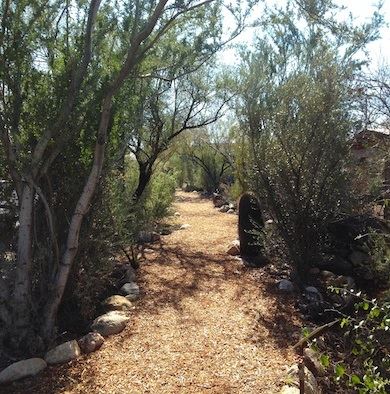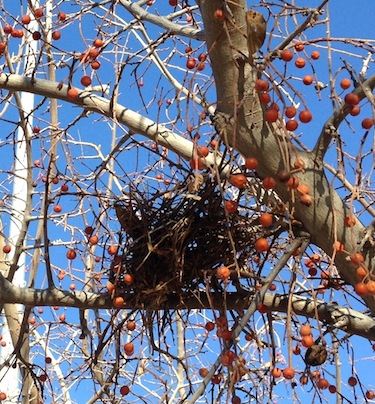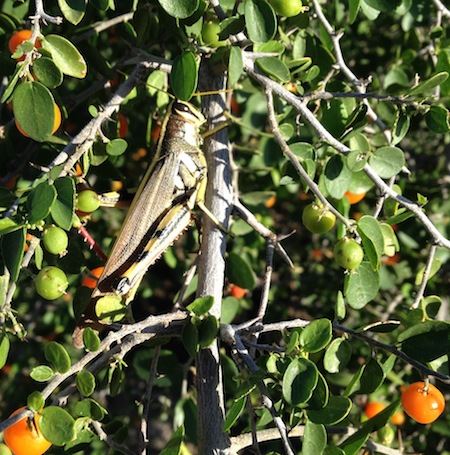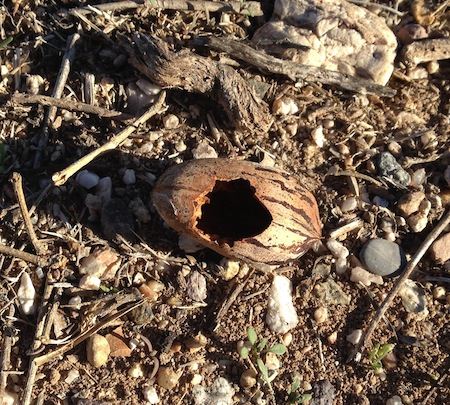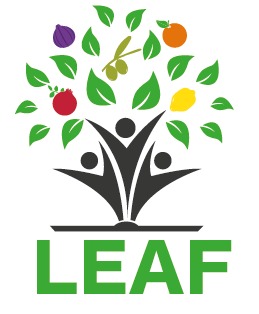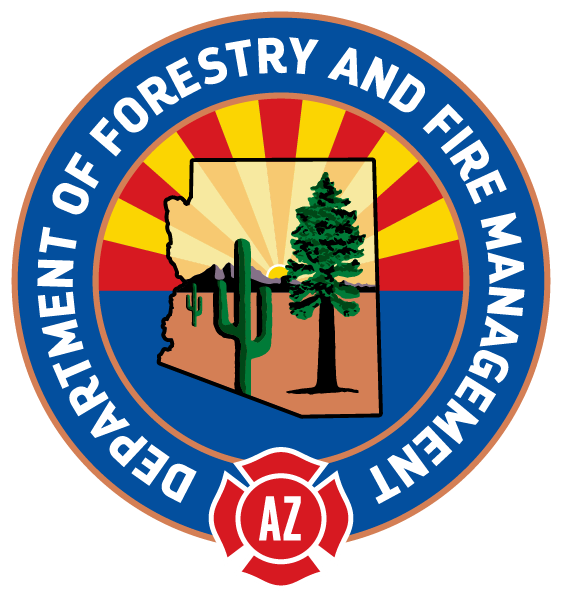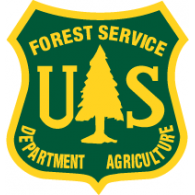Human and Wildlife Use Click Here for a PDF of Human and Wildlife UseEdible trees attract people and wildlife. Most edible tree sites can provide multiple benefits for both human and wildlife use. Anticipate these multiple uses in site design to make tree management and harvesting easier and to facilitate pest control and site visitation by beneficial wildlife. Human Use Access is key for attentive tree management. To make tree care and harvesting easier, provide access in and around trees for walking, wheelbarrows and in some cases mowers or tractors. Think about circulation around your site via paths, sidewalks and roads. Hard surfaces such as driveways, patios and sidewalks provide access and surfaces to harvest rainwater from. Dirt removed to form water harvesting basins can be repositioned and compacted to form raised paths for access to the trees. Trees in public spaces such as parks, street rights-of-way, parking lots and public buildings should be user friendly. Thorny trees and shrubs should be kept well trimmed along paths. The overhanging branches of full-sized fruit and nut trees next to pathways should be pruned so people can easily walk beneath them. Keep trees well harvested and well maintained to avoid falling fruit hitting vehicles or accumulating on sidewalks and paths. Some fruit trees such as olive and mulberry produce fruit that can stain sidewalks and may require cleaning. Birds may take semi-permanent residence in trees in the fruiting season and leave droppings below. Design for the people the trees are intended to serve. Children will benefit from trees that are near their own size. Dwarf fruit and nut trees, thornless raspberries and blackberries, and trees with large, colorful and easily harvested fruits are good choices. Elderly people should have wide, level walking paths to access, tend, harvest and enjoy trees. Public sites should be accessible to wheelchairs. Benches placed in tree-shaded areas are appealing to everyone. Fruit trees can provide shade for picnics and children’s play if the area under them is kept free of tall weeds and debris. This will also make the area safer for pruning and harvesting. Learn about the people who settled your area and those who live there now. Consider planting trees that have historical, cultural or religious significance. The presence of meaningful trees (and all trees) may inspire story-telling, intergenerational learning, special recipes, celebrations and holiday events. Wildlife Use Since insects, birds and other wildlife are drawn to edible trees, their activities should be accounted for in site design. Animals often find ripe fruit before people do! Fruit, nuts and berries may attract resident and migratory birds as well as pollinators and seed dispersers such as butterflies, moths, birds, bats and other small mammals and insects. Edible trees may also attract larger animals like deer, javelina, coyotes and even bears. These animals may eat the trees as well as the fruit and might pose a danger to humans. When creating resilient systems for humans and animals, remember: Safety first! If large animals used the space prior to planting with edible trees—and will likely continue to use it—account for their travel routes in site design. Think about how to protect young trees from browsers and how to facilitate use by humans and animals. Extensive fences could exclude wild animals but could also make it difficult to access the site and might disrupt migration routes and daily paths used by wildlife between water and food sources. Fences around individual trees or small groups of trees could protect trees with less disruption. While some insects and larger wildlife could be detrimental to the food forest, they could also provide benefits by controlling other insects and pests. Birds that feed on fruit might also control insects that damage the trees. Planting multiple edible tree and understory species will create diverse ecological systems. Hedgerows of native trees or shrubs that produce berries at the same time as orchard fruit matures will provide a distraction for fruit-eating birds, animals and insects. Multistory plantings of trees and understory plants can provide diverse, resilient wildlife habitats—just be sure to design them so there is still good access to edible trees. Be creative in finding ways to balance human and wildlife needs in the design, planting and care of your edible trees and forests. |
A shady raised path is surrounded by native edible trees and shrubs. Plants are well trimmed to keep thorns away from people, but easy to access for harvesting. Trees on this public right-of-way are supported by direct rainfall and stormwater runoff harvested from the adjacent street.
A bird nest is built in an ideal location surrounded by the edible fruit of the canyon hackberry tree.
A grasshopper finds sustenance from a desert hackberry shrub.
A fallen pecan provides energy-rich food for local wildlife. |
CAUTION: Never eat anything that is not properly identified. It is your responsibility to ensure that all fruits, nuts, seeds, pods and other edible products of trees and shrubs are correctly identified and safe to eat before eating them or serving them to others.
Copyright 2023
LEAF is under the fiduciary stewardship of the Arizona Community Tree Council, a 501(c)3 non-profit organization.
70 S Val Vista Drive, Suite A3-186, Gilbert, AZ 85296

